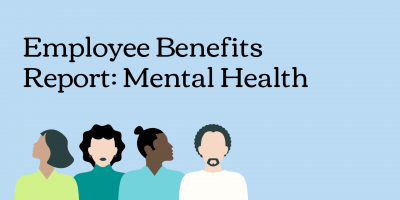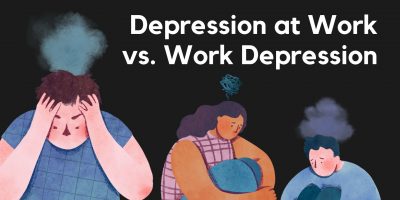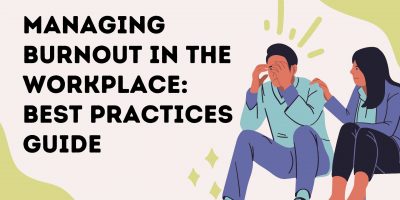
How to Use Your Employee Assistance Program Benefits?
EAP use is on the rise, and rightfully so. As these programs find their way into the workplace, we explore their many benefits, the range of services available, and how employees can take full advantage of them.





